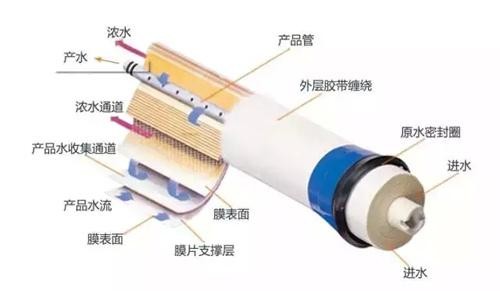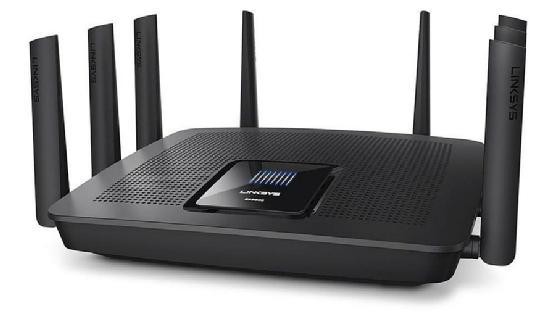Smart home appliances integrate integrated facilities related to home life by using integrated wiring technology, network communication technology, security technology, automatic control technology, and audio and video technology. The most commonly used applications are lighting, water heaters, air conditioning, intrusion monitoring, smoke alarms, video surveillance and intelligent control of curtains. Wireless control uses wireless communication technology to achieve control of the device. Advantages of wireless control: simple installation and wiring; shortcomings of wireless control: anti-interference is worse than wired control, and signal coverage is affected by buildings. The main advantages of WiFi technology in smart home applications are: WiFi intelligent nodes can directly connect to wireless routers to access the Internet; no need for home gateways, nodes can be arbitrarily expanded; will not destroy existing decoration; smart phones can carry out local area networks Control and remote control. Since the WiFi module is a standard configuration for notebooks, tablets, and smart phones, smart homes based on WiFi technology will gradually be promoted and applied, and the market prospect is broad. Figure 1: Relay Control Circuit for WiFi Socket Circuit principle: The module receives the closing command, the PC8 port outputs a high level, Q1 is turned on, the relay coil has a current flowing, the relay contact L_IN and the contact L_OUT pull in, the socket supplies power to the load; the module receives the disconnection When the command is turned on, the PC8 port outputs a low level, Q1 is turned off, the relay coil has no current, the relay contact L_IN and the contact L_OUT are disconnected, and the socket is powered off. The above is just a case of a WiFi socket, and a smart home based on WiFi technology is described. If other functions in the smart home appliance are to be realized, the implementation principle is similar. For example, to achieve remote video surveillance, simply change the outlet to the camera and implement the appropriate software features. Figure 2: Smart Socket Power Circuit There are two ways for the power circuit. One way is to convert the AC 220V into 12V power by AC-DC. With SY50103 chip, it can provide 1A current, and the ripple control is within 100mV. The advantage of the switching power supply is that the power is small, the conversion efficiency is high, and the volume is small, and it is suitable for being placed in a small-sized socket. The circuit diagram of the switching power supply is shown in the following figure: The relay uses 12V 10A relay, and the cost of the 12V relay is lower than that of the 5V relay. Since the main controller and the energy metering IC need to provide 5V power supply, and the wireless WIFI module is powered by 3.3V power supply, after the 12V power supply comes out, it is divided into two paths, and the voltage regulator chip 78L05 is used all the way to reduce the power supply to 5V. The MCU and HLW8012 provide power; the other uses a DC-DC chip that converts 12V to 3.3V to power the wireless module. The sampling circuit includes two parts of current signal sampling and voltage signal sampling. The voltage sampling collects the voltage on the neutral signal. Since the voltage signal is large, the effective value is 220V. It needs to be sampled by the resistor network to reduce the voltage. The voltage is divided by connecting six 470K resistors and one 1K resistor. Then, connect the voltage input of the metering chip HLW8012 to the V2P pin of the sampling terminal. Edit Comment: This article briefly introduces the circuit design of WiFi socket in smart home. It uses WiFi smart socket, does not need home gateway, and can easily realize intelligent control of household appliances without destroying existing decoration. USB 2.0 standard offers data transfer speeds of up to 480 Mbps, making it suitable for most common peripherals and devices.This hub is backward compatible with USB 1.1 devices, ensuring that you can connect older devices without any issues.
16-Port USB 2.0 Hub is an excellent solution for individuals or businesses that require multiple USB connections.It provides convenience, flexibility, and efficiency by expanding the connectivity options of your computer or laptop, allowing you to connect and use multiple devices simultaneously. Whether you are a professional or a tech enthusiast, this hub can greatly enhance your productivity and simplify your daily tasks.
Multi-port intelligent A-port hub,16-Ports HUB2.0,16-port A-port cabinet type hub,Smart USB2.0 hub shenzhen ns-idae technology co.,ltd , https://www.szbestchargers.com


It often comes with a separate power adapter to provide sufficient power to all the connected devices, ensuring stable and reliable performance.
16-Port USB 2.0 Hubs may include additional features like LED indicators for each port, allowing you to easily identify which ports are in use.This can be particularly useful when dealing with a large number of connected devices.
Hubs offer overcurrent protection, which safeguards your devices from potential damage caused by power surges or short circuits.This feature ensures the safety of your valuable equipment.
August 10, 2024